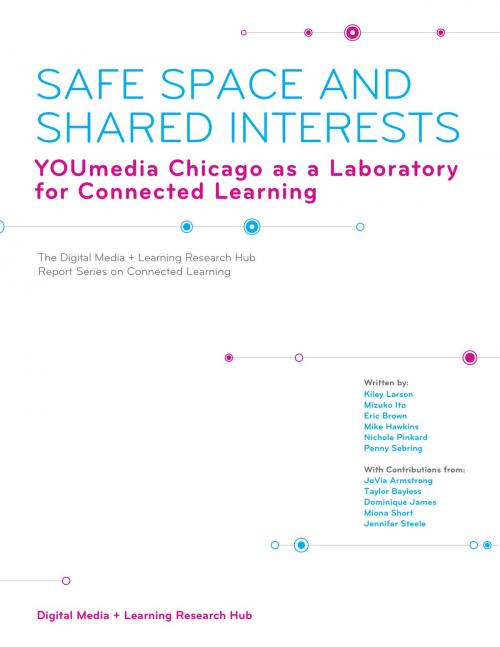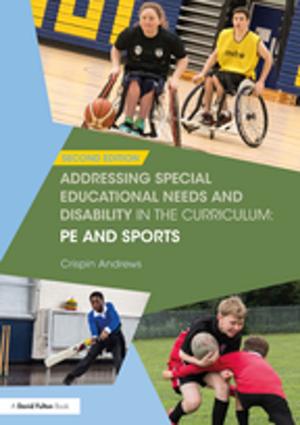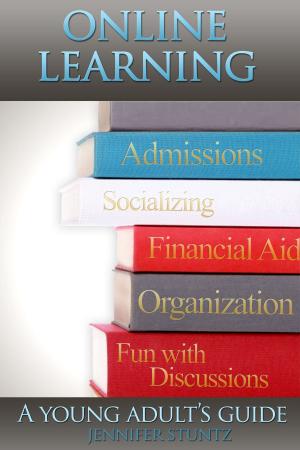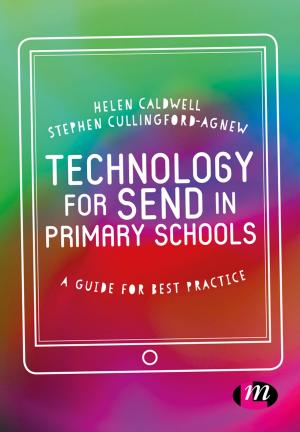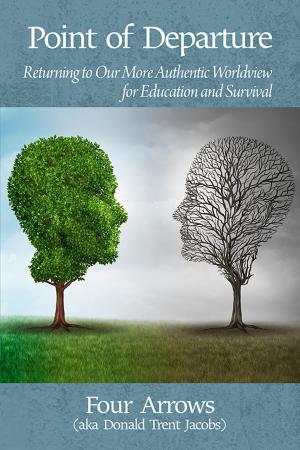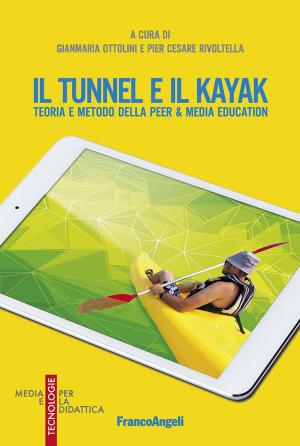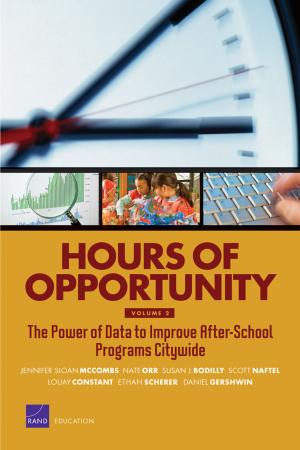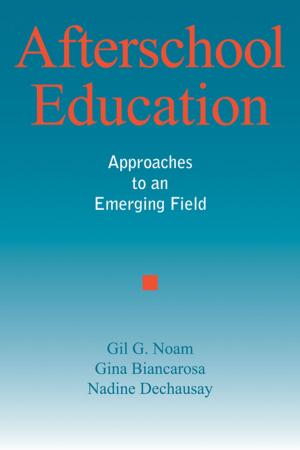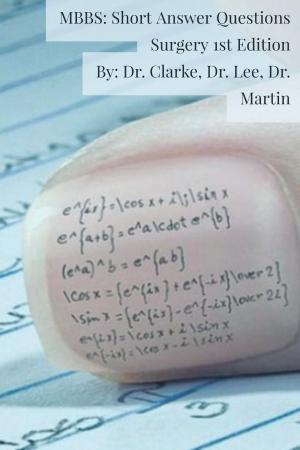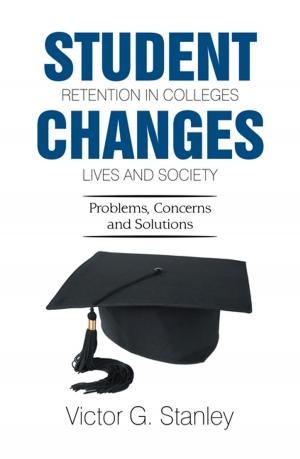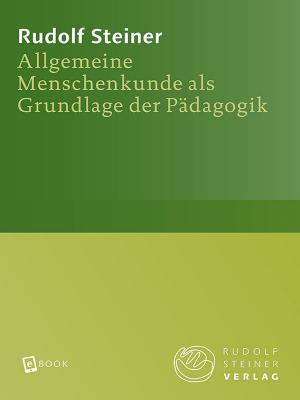Safe Space and Shared Interests
YOUmedia Chicago as a Laboratory for Connected Learning
Nonfiction, Reference & Language, Education & Teaching, Non-Formal Education| Author: | Kiley Larson, Mizuko Ito, Eric Brown, Mike Hawkins, Nichole Pinkard, Penny Sebring | ISBN: | 9780988725515 |
| Publisher: | Digital Media and Learning Research Hub | Publication: | November 13, 2013 |
| Imprint: | Language: | English |
| Author: | Kiley Larson, Mizuko Ito, Eric Brown, Mike Hawkins, Nichole Pinkard, Penny Sebring |
| ISBN: | 9780988725515 |
| Publisher: | Digital Media and Learning Research Hub |
| Publication: | November 13, 2013 |
| Imprint: | |
| Language: | English |
In today’s digital and networked media ecology, young people have a wealth of new learning opportunities that span home, school, community, and peer culture. In addition to being able to access well-established learning resources in the form of school-based classes, museums, and libraries, young people can turn to online resources and communities to pursue self-directed learning tailored to their own unique interests and at their own pace. They can also use accessible digital media authoring tools to create music, video, artwork, and writing; share; and get feedback and mentorship in communities of interest. Through these capabilities, we see digital and networked media as offering the potential for broadened access to connected learning–learning that is socially connected, interest-driven, and oriented toward educational, economic, and political opportunity (Ito et al. 2013). Despite the tremendous opportunities for connected learning afforded by today’s digital, interactive, and networked media, research has also consistently demonstrated that only a small minority of young people fully take advantage of these opportunities. We see a real risk that digital media will result in a greater equity gap as public school systems struggle to support the diverse range of learner-centered and interest-driven inquiry in which today’s most activated, wired, and privileged learners are engaged. This report documents an ongoing design experiment that addresses issues of digital literacy, connected learning, and equity through the design, establishment, and ongoing development of a youth media center, the YOUmedia learning lab at the Chicago Public Library’s downtown Harold Washington Library Center. Supported by the MacArthur Foundation’s Digital Media and Learning (DML) Initiative, YOUmedia represents a collaboration between the Chicago Public Library (CPL) and Digital Youth Network (DYN), a digital media literacy and mentoring program. Located on the first floor of Chicago’s flagship public library, YOUmedia is dedicated to the interests of teens and supported by librarians and mentors with expertise in digital media production. Opened in the fall of 2009, YOUmedia occupies 5,500 square feet on the ground floor of the Harold Washington Library Center. From the beginning, YOUmedia was designed to support three forms of digital media participation identified by Ito et al. (2009)–hanging out, messing around, and geeking out. The design team sought to create a physical space that would promote these distinct forms of participation and, in doing so, foster youth engagement and learning. In addition to welcoming young people to engage in casual social “hanging out” with friends, YOUmedia offers workshops and mentoring in interest areas that help youth further develop knowledge and expertise, or “geek out.” The space also allows and encourages youth to engage in informal “messing around” with the resources provided. The overarching purpose in designing YOUmedia was to create a space that supported digital and traditional literacy development and was welcoming of, engaging to, and easily accessible by teens. There is also an online social network site associated with YOUmedia on the iRemix platform, where young people can share their work and communicate with peers and mentors 24 hours a day. This report first frames the social and educational issues that YOUmedia addresses, and describes the design model in relation to connected learning. It then explores a set of learning outcomes to which the model aspires at both a collective and individual level, providing examples based on youth accounts. Three examples of youth who were highly engaged at YOUmedia and the opportunities the space opened up to them are also included, as well as an appendix—the Connected Learning Program Guide from YOUmedia Chicago—authored by Sam Dyson and YOUmedia mentors and librarians.
In today’s digital and networked media ecology, young people have a wealth of new learning opportunities that span home, school, community, and peer culture. In addition to being able to access well-established learning resources in the form of school-based classes, museums, and libraries, young people can turn to online resources and communities to pursue self-directed learning tailored to their own unique interests and at their own pace. They can also use accessible digital media authoring tools to create music, video, artwork, and writing; share; and get feedback and mentorship in communities of interest. Through these capabilities, we see digital and networked media as offering the potential for broadened access to connected learning–learning that is socially connected, interest-driven, and oriented toward educational, economic, and political opportunity (Ito et al. 2013). Despite the tremendous opportunities for connected learning afforded by today’s digital, interactive, and networked media, research has also consistently demonstrated that only a small minority of young people fully take advantage of these opportunities. We see a real risk that digital media will result in a greater equity gap as public school systems struggle to support the diverse range of learner-centered and interest-driven inquiry in which today’s most activated, wired, and privileged learners are engaged. This report documents an ongoing design experiment that addresses issues of digital literacy, connected learning, and equity through the design, establishment, and ongoing development of a youth media center, the YOUmedia learning lab at the Chicago Public Library’s downtown Harold Washington Library Center. Supported by the MacArthur Foundation’s Digital Media and Learning (DML) Initiative, YOUmedia represents a collaboration between the Chicago Public Library (CPL) and Digital Youth Network (DYN), a digital media literacy and mentoring program. Located on the first floor of Chicago’s flagship public library, YOUmedia is dedicated to the interests of teens and supported by librarians and mentors with expertise in digital media production. Opened in the fall of 2009, YOUmedia occupies 5,500 square feet on the ground floor of the Harold Washington Library Center. From the beginning, YOUmedia was designed to support three forms of digital media participation identified by Ito et al. (2009)–hanging out, messing around, and geeking out. The design team sought to create a physical space that would promote these distinct forms of participation and, in doing so, foster youth engagement and learning. In addition to welcoming young people to engage in casual social “hanging out” with friends, YOUmedia offers workshops and mentoring in interest areas that help youth further develop knowledge and expertise, or “geek out.” The space also allows and encourages youth to engage in informal “messing around” with the resources provided. The overarching purpose in designing YOUmedia was to create a space that supported digital and traditional literacy development and was welcoming of, engaging to, and easily accessible by teens. There is also an online social network site associated with YOUmedia on the iRemix platform, where young people can share their work and communicate with peers and mentors 24 hours a day. This report first frames the social and educational issues that YOUmedia addresses, and describes the design model in relation to connected learning. It then explores a set of learning outcomes to which the model aspires at both a collective and individual level, providing examples based on youth accounts. Three examples of youth who were highly engaged at YOUmedia and the opportunities the space opened up to them are also included, as well as an appendix—the Connected Learning Program Guide from YOUmedia Chicago—authored by Sam Dyson and YOUmedia mentors and librarians.
